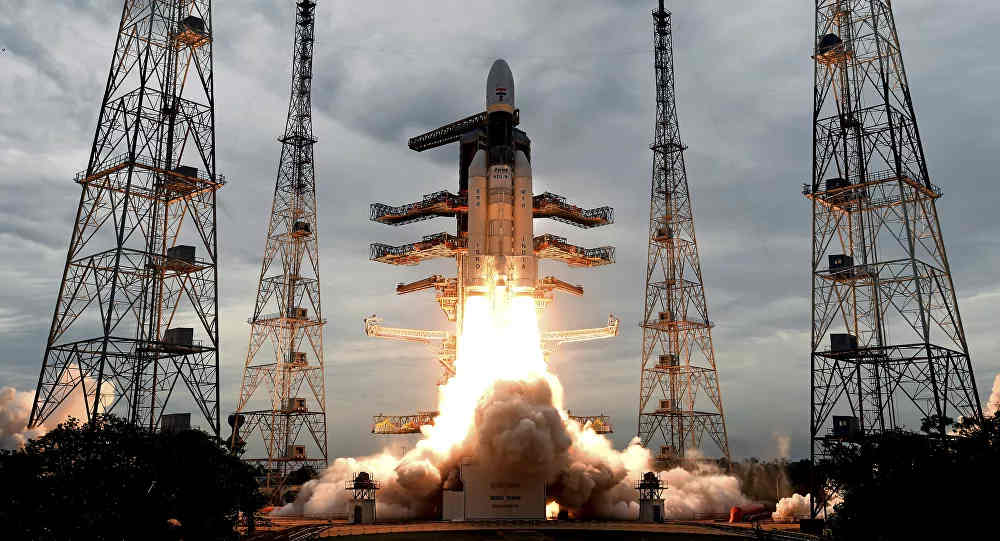
New Delhi. Indian researchers have developed a new model which has potential applications in calculating Global Navigation Satellite System (GNSS) positioning errors.
In a major development that could have a wider impact, ranging from accurate aiming on enemy targets to scientific research in space weather, scientists from the Indian Institute of Geomagnetism (IIG), have developed a global model to predict ionospheric electron density with larger data coverage. The ionosphere is a major source of error in GPS/GNSS-based positioning and navigation networks.
“Better ionospheric modelling will yield better accuracy of positioning in satellite based navigation. The current ionospheric model accuracy is significantly better compared to other ionospheric models used in single frequency GPS users,” said Dr S Tulasiram from IIG, one of the two primary researchers.
Named as an ‘Artificial Neural Networks-based global Ionospheric Model’ (ANNIM), the development uses long-term ionospheric observations to predict electron density and peak parameters of the ionised part of the Earth’s upper atmosphere, between 46-621 miles above the surface. The model successfully reproduced large-scale anomalies in the ionosphere caused by solar and cosmic radiation.
“This model can be applied for all kinds of GNSS based positioning, aviation and navigation applications,” Tulasiram noted, when asked whether this model will be beneficial for armed forces in aiming at enemy targets.
The development is crucial for armed forces as, over the past few years, Indian armed forces have, like all militaries, sought pinpoint accuracy to minimise collateral damage in targeting enemy positions.








